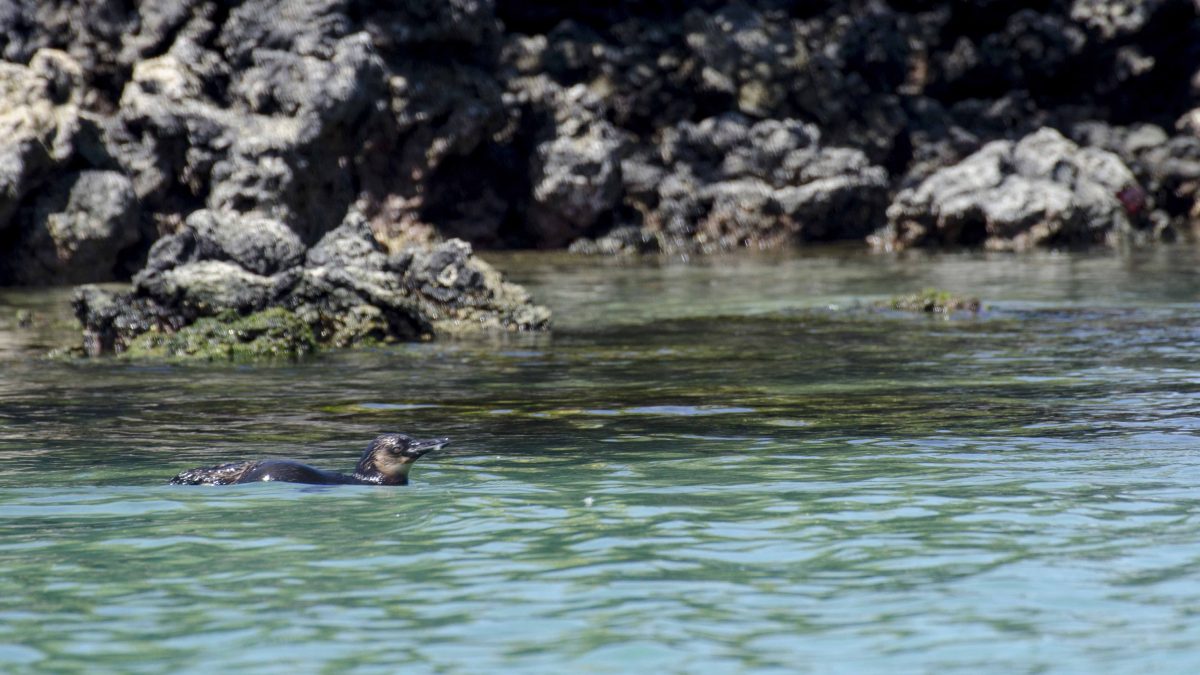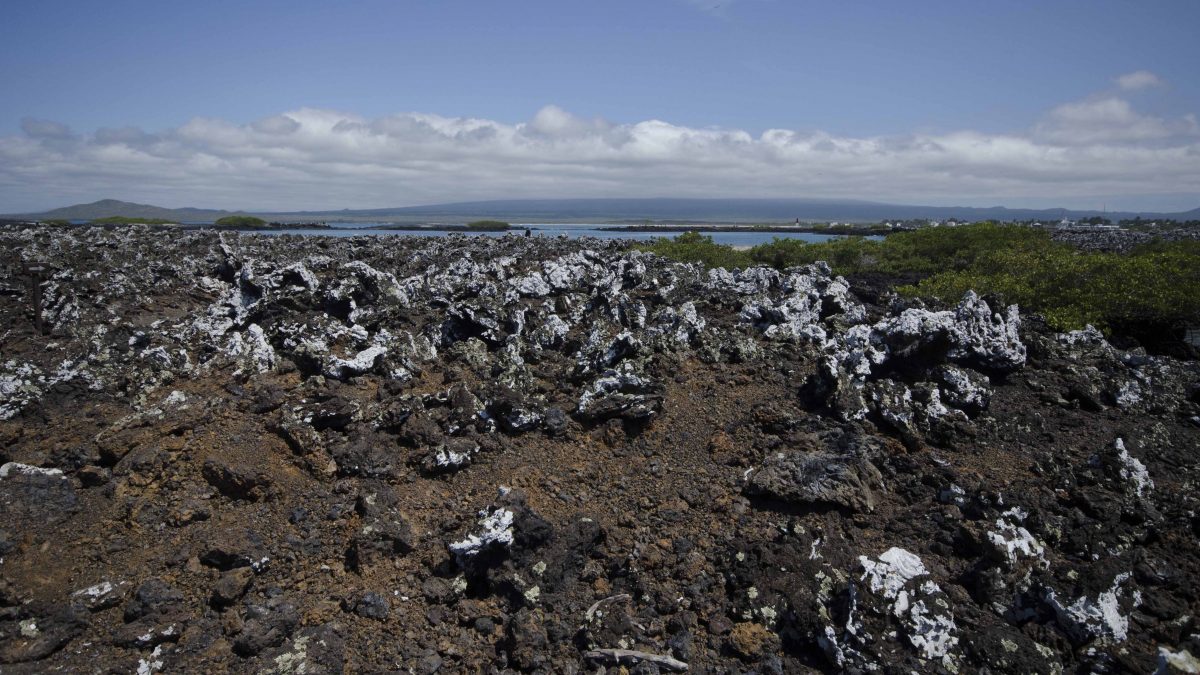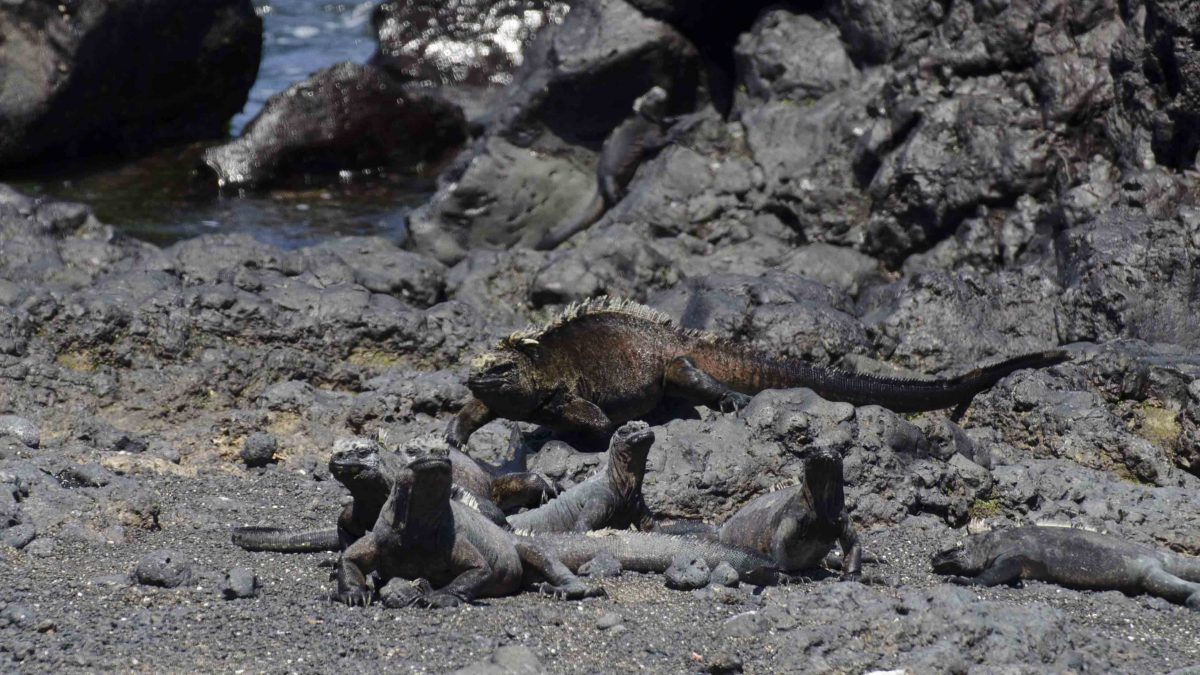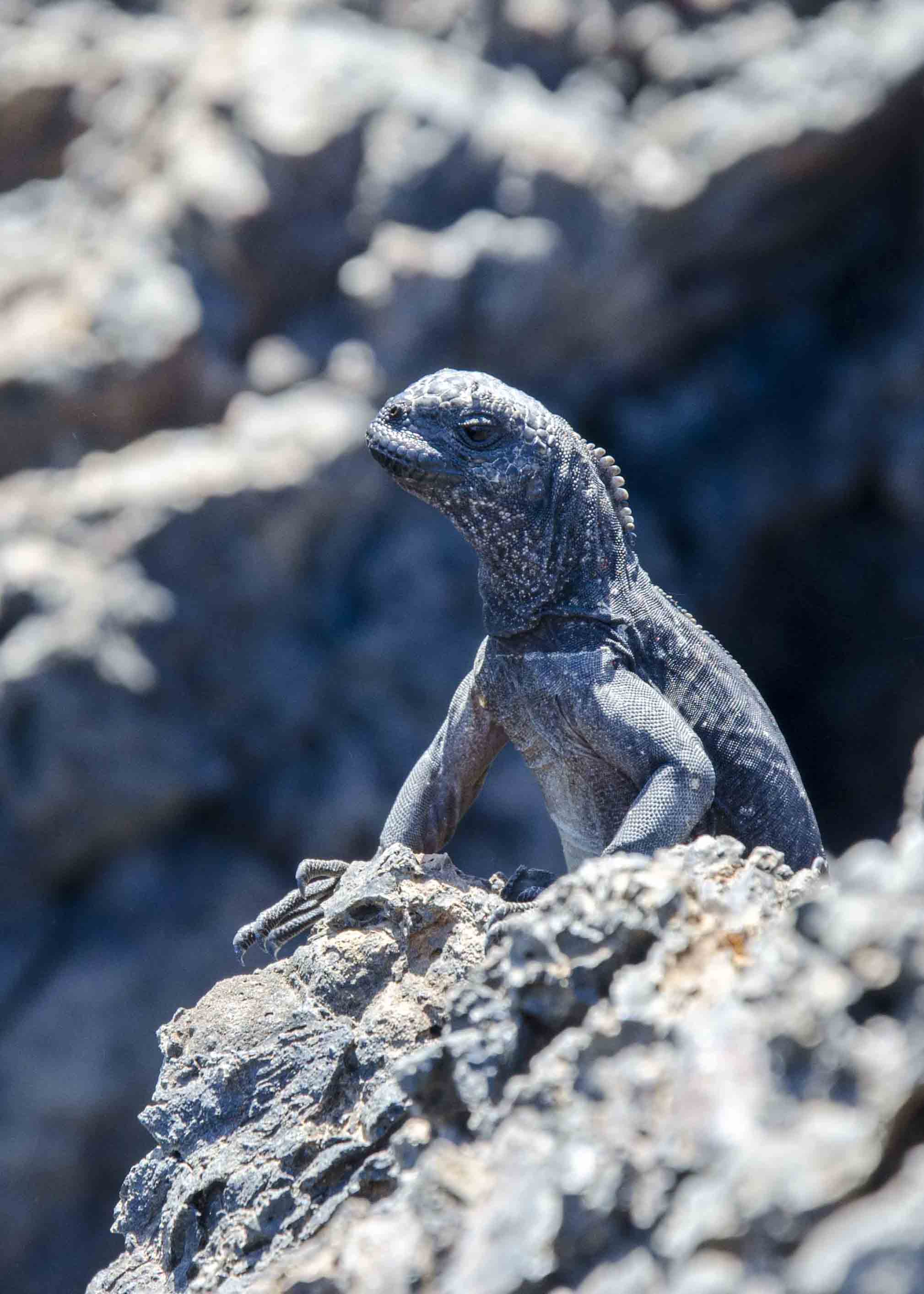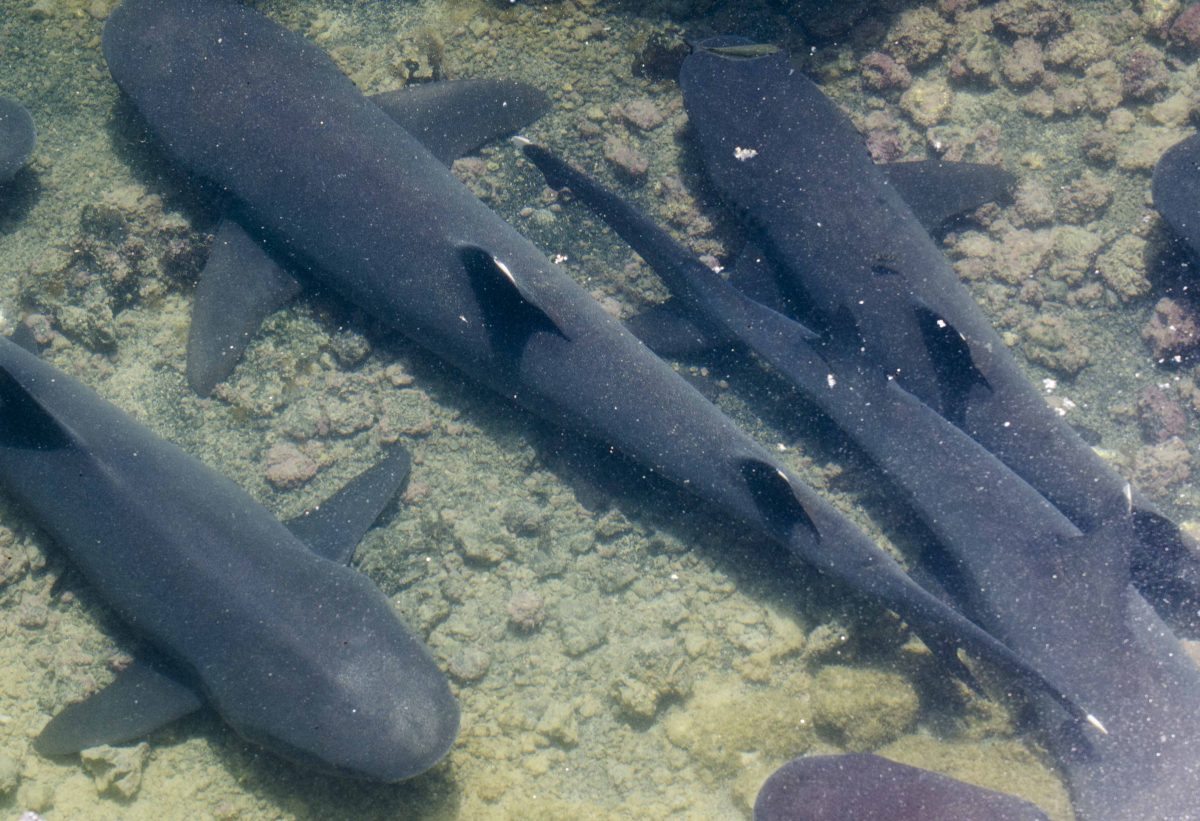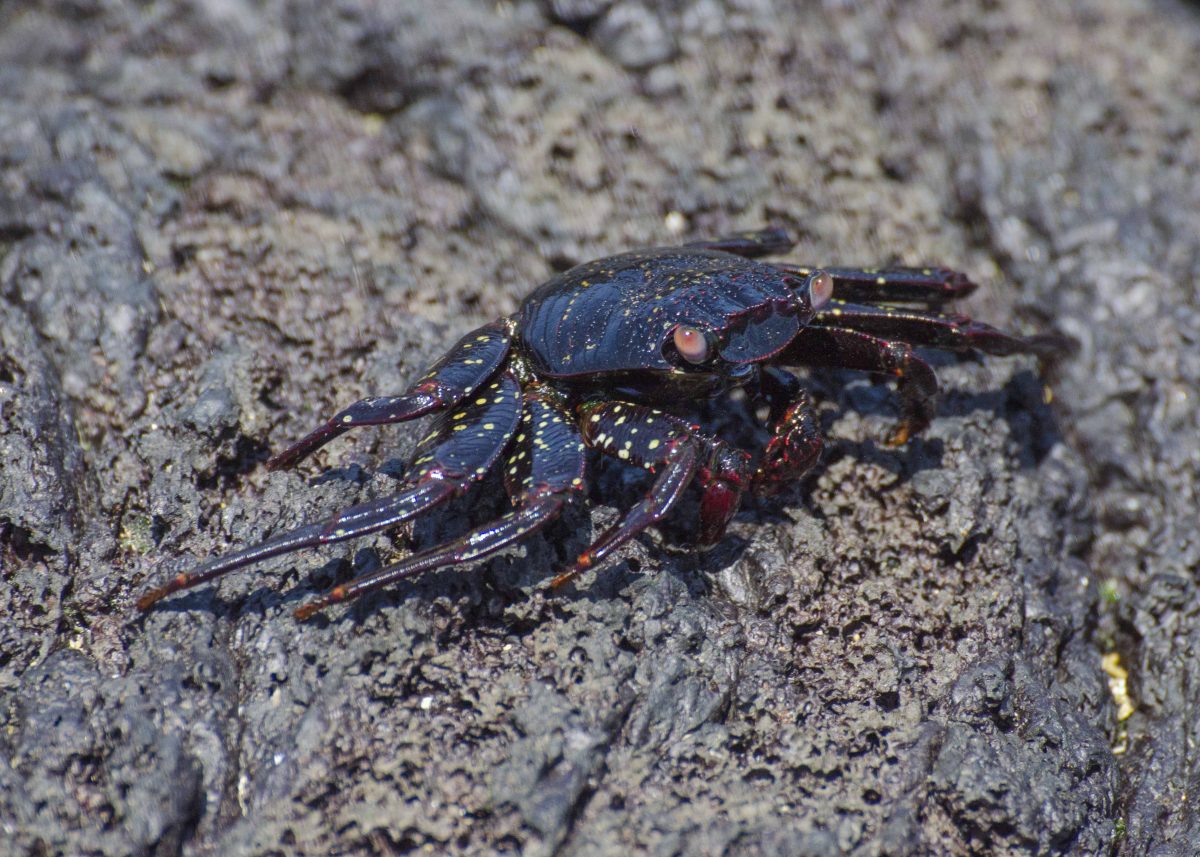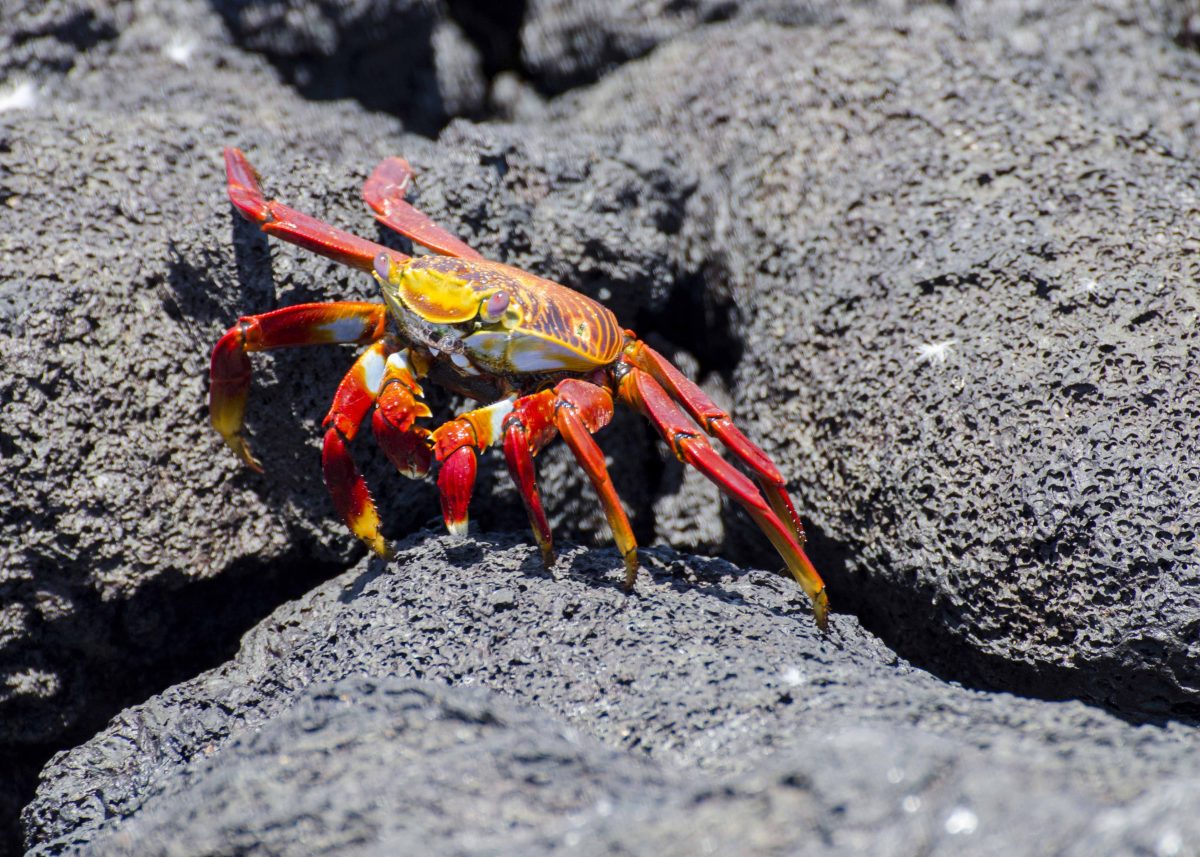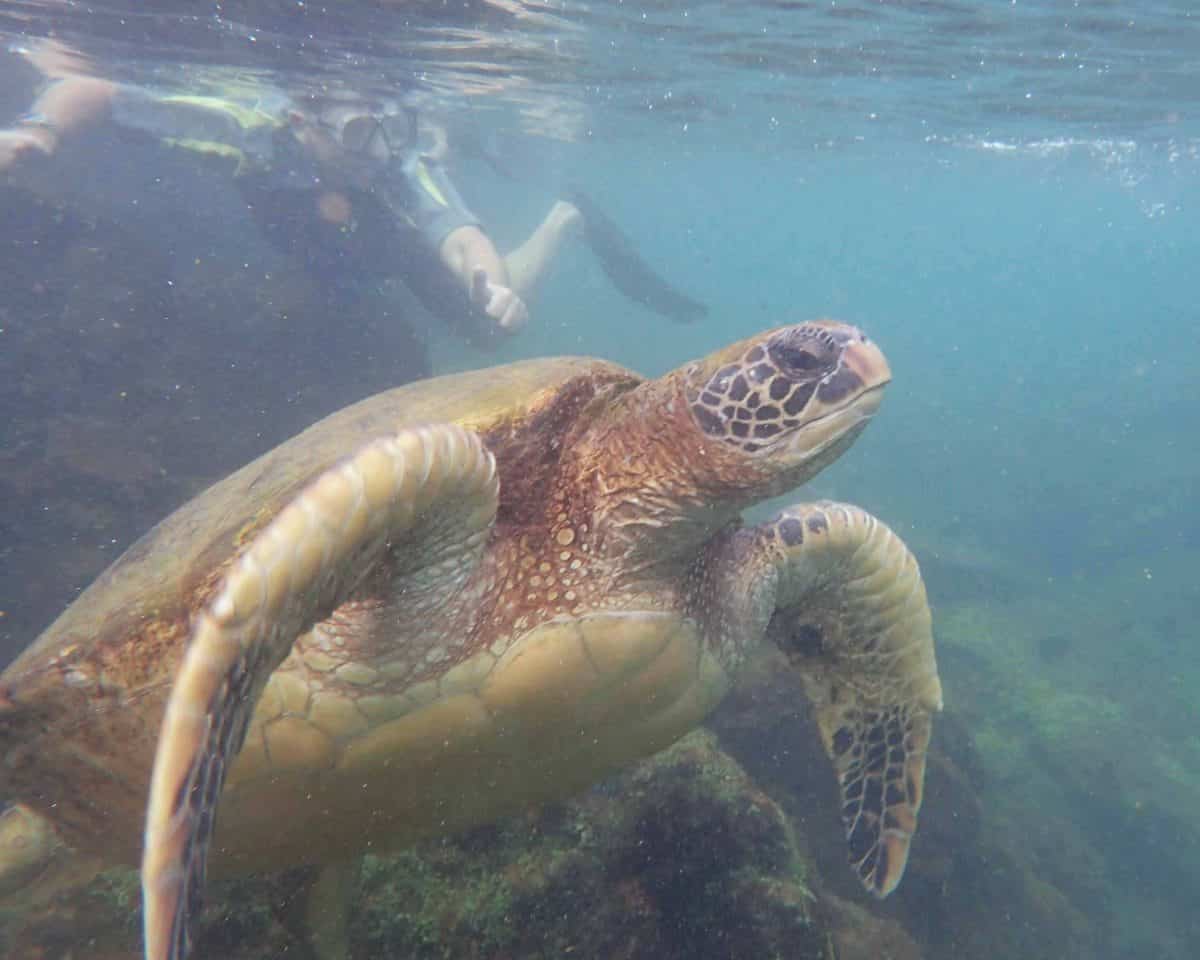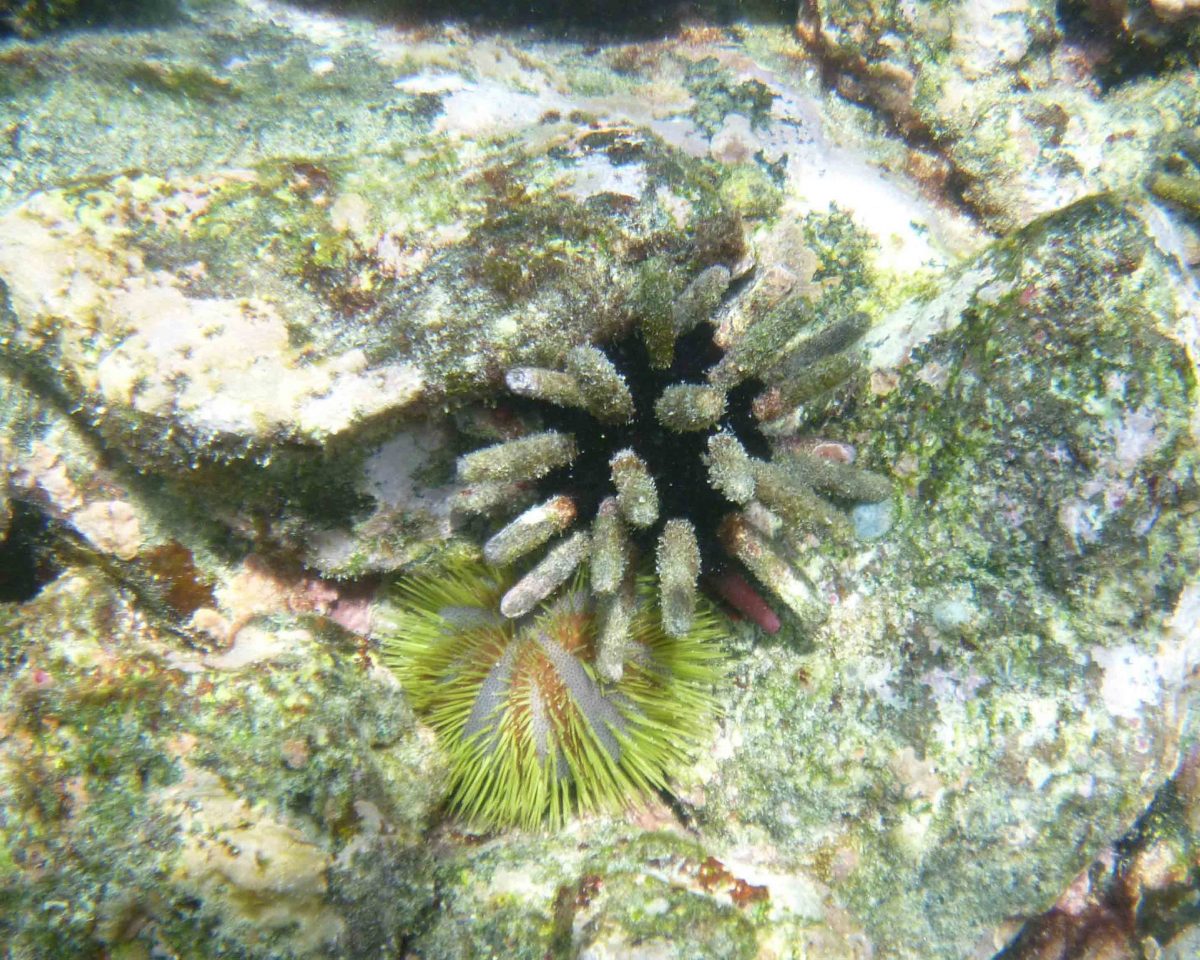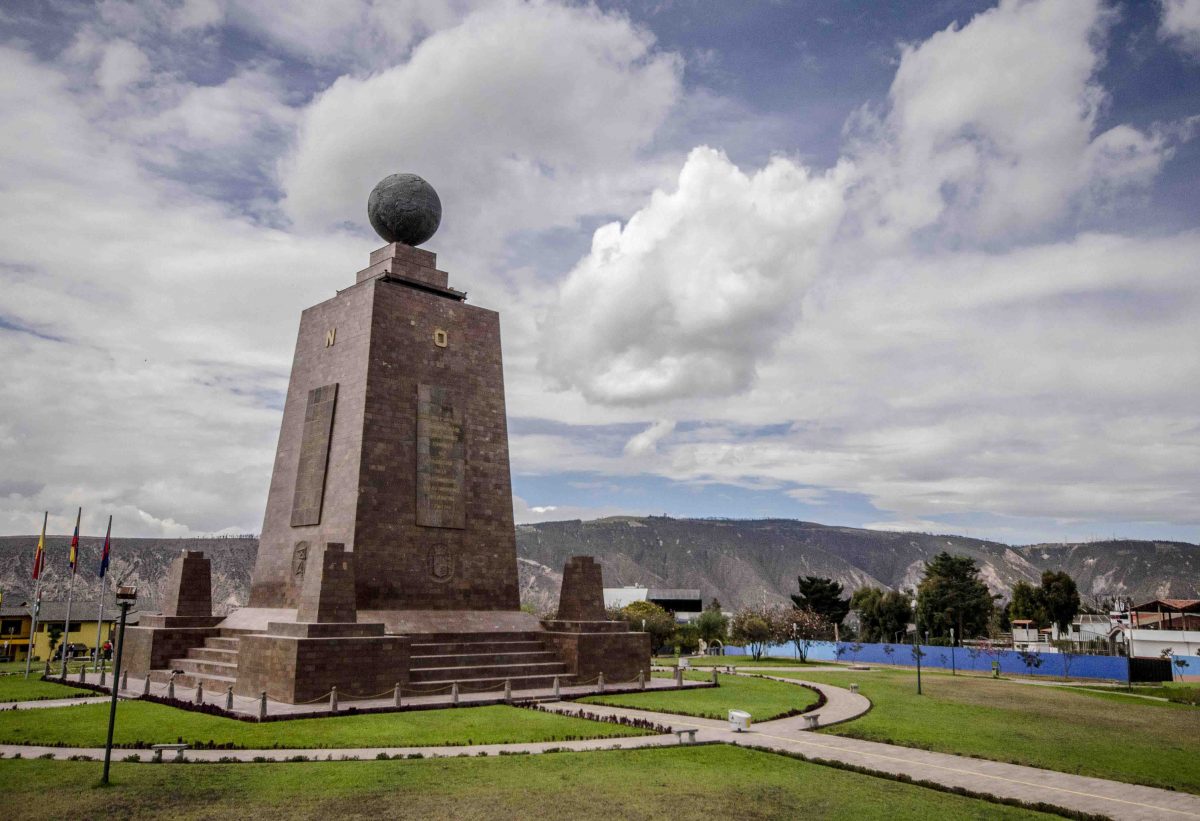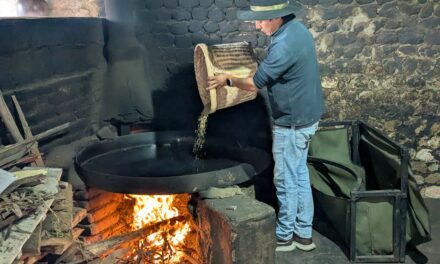As responsible travelers evolve, so do the stories we share.
This article is part of our living archive — trusted content we continue to care for.
First published on December 3, 2015 • Last updated on May 29, 2017.
The beloved Blue-footed Booby also can be found on the same rocks as the nesting penguins. These distinctive birds are easily spotted by their bright blue feet. If you are a keen observer, you will notice that some birds have sky blue feet and others are more purple blue. One guide told me that this is a way to tell the difference between male and female birds. However, scientific studies say that the foot color serves as a mating guide to let birds know who is the healthiest mate. Birds with brighter feet have higher levels of lipids and lipoproteins and are therefore healthier. Studies show that males prefer females with brighter feet and visa versa.
Upon arrival to Las Tintoreras, it would be easy to think that this area has no wildlife at all. The landscape is stark with hardly any vegetation to be seen. The ground is covered with ancient lava, some of it folded into strange shapes. It makes for a hot hike during most times of the year. Make sure to bring protection from the sun and plenty of water.
But there is plenty to see, even if well-camouflaged. Take Marine Iguanas for example. As their name suggests, these reptiles can survive short amounts of time in the water where they forage on marine algae. Because they are cold-blooded, their time in the water must be limited and it is common to see animals sunning among the dark rocks. They are often well-hidden as their own skin coloring blends very well with the dark tones of the lava rock. But the camouflage is necessary as the animals are very slow to move when cold. That is one reason humans are asked to limit their approach. If you want great photos, invest in a zoom lens before arriving.
Surprisingly, White-tip Reef Sharks can be seen from land. These sedentary sharks love the still water found in the canyons formed by ancient volcanic activity. They spend most of the day resting on the sandy bottoms of these canyons and wait until dark for their nightly hunt. That means the best possibility of seeing them is from a high point above the canyon looking down into the water. If by chance you see a white-tip reef shark while snorkeling, don’t panic. The only recorded attacks on humans have involved hunters with spearguns who have gone after the shark’s intended prey. Otherwise, these sharks are considered perfect eco-tourist subjects.
For the keen-eyed oberserver, there are many small animals among the rocks themselves. The easiest to spot are the crabs. One species is easy to identify, the Sally Lightfoot Crab. Bright orange red with markings in golden orange and light blue, this crab is distinctive, especially when seen against black volcanic rock. The juveniles are less easily seen because their shells are mottled with color, the background blending well with the native rock.
This trip was part of an overall day trip which began and ended on Santa Cruz island. This tiny part of our entire made me realize that Isla Isabella is well worth visiting overnight, perhaps for several nights. At the very least, we highly recommend the day trip if that is all the time that you have.


